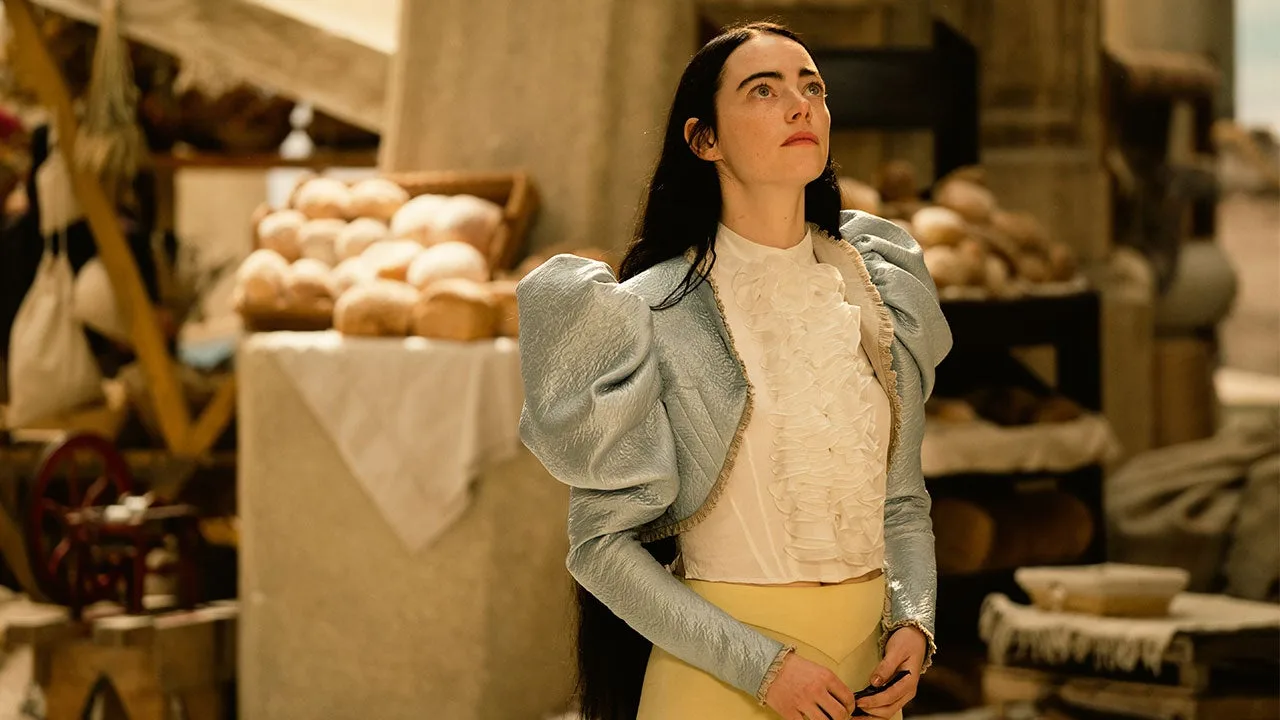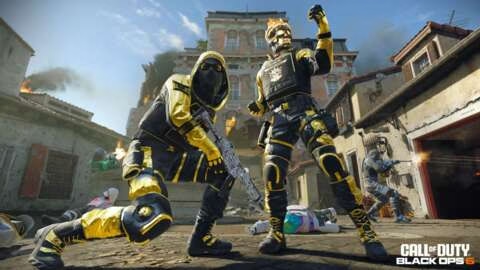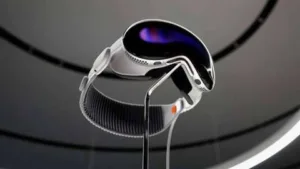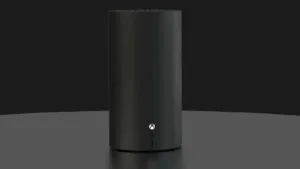Frankensteining Costumes for Poor Things with Costume Designer Holly Waddington
Estimated reading time: 7 minutes
My first thought after watching Poor Things was, “I am going to be Lisbon Bella for Halloween.” Of course, I had other thoughts about the movie, but I was obsessed with the costumes! There was something modest, yet sexy about the nearly translucent fabrics, yet also silly with the humongous puffed sleeves.
Costume designer Holly Waddington, who is nominated for Best Costume Design at the 96th Academy Awards, is to thank for that. The whole look of the world is strange in its proximity to the Victorian period while completely avoiding signature details, incorporating anachronistic touches, and creating specific textures and shapes for these characters. While most of the costumes are based in that period, Bella had to stand out.
In the way that Bella (Emma Stone) rapidly learns and adapts, her fashion reflects that transformation as well. Godwin (Willem Dafoe) is a proud father, who struggles in his attachment to and protection of his reanimated daughter. He’s a scientist above everything else, though, and allows Bella to just be, all the while observing her natural behavior and testing her abilities as impartially as he can. This allows Bella to be as buttoned up or down as she pleases to express her curiosity. Under his care, he has her dressed by the maid, but doesn’t reprimand her for trying to break free from it.
The only way to dress Frankenstein’s Daughter is to Frankenstein the whole wardrobe of a fictional period as well. It’s one thing to nail period-accurate clothing, as Waddington did for the pilot of The Great (also written by Poor Things screenwriter Tony McNamara). She did that job in eight weeks and worked very practically. Since The Great was a period piece, Waddington was able to pull from already existing costumes to build out the fashionable, yet “straight-up delivery” of the 18th-century Russian court. Comparing the two McNamara-written jobs, Waddington just had much more time to think and plan out the look of the Poor Thing characters. She would ask herself “How I might deconstruct things a bit? How I might play with the period?”
When I spoke with Waddington recently, she first shared how her preliminary research period worked. “I had lots of references from historical references and costumes,” she said. “Fashion plates from the late 19th century are very interesting to look at because they show the madness of the clothes of the period. Clothes in every period are really interesting. Like ‘Why are they those shapes? What kinds of materials are used to decorate clothes? And the textures – all of those things fascinate me.’ And so really, that’s where I began.” We see those more traditional shapes when Stone is dressed and addressed as Bella’s Victoria Blessington incarnation, and it’s extremely restricting mentally and physically for this woman who has been running around in loose fabrics, with her hair wild and free.
Aside from fashion plates of the 19th century and even “early 20th century” and “’60s fashion,” Waddington also looked to specific art movements, “particularly modernist sort of early 20th century German Expressionism. That’s where I got all the color palette ideas from. I looked at lots of nature.” And like an experimental scientist herself, Waddington also looked to scientific drawings and sketches, “[German Zoologist] Ernst Haeckel did these very detailed drawings of shells and seaweed,” she explained. “The plants all have this very beautiful living quality to them, so it’s a really interesting texture.”
“I wanted to try and give [the costume design] its own sort of material language,” she said, while also describing the sort of Frankensteining she and her team did. “Some of the hallmarks of Victorian dress are things like lace, beading, jet, feathers, embroidery. I didn’t want to work with any of those things because it was important that the period of the film was not set in a particular time and place, so it needed to be a bit suspended.
“I felt that by stripping away those hallmarks of the 19th century, I would be able to do that. A lot was the heavy texture in the costuming. [Our team] made our own textures, where we had a little smocking machine that we had the pucker-up fabric. We did a lot of quilting. We replaced all of the things that the Victorians used to create the embellishment with things like quilting, putting ropes [and] cords through the fabric. … We used quite a lot of polyurethane in the clothes. We used latex. We used quite a lot of modern fabrics in there. It’s not really traditional fabrics as well.”
As for fabrics that allowed Bella to move in the haphazard way that she does, “The whole point of them was that they were easy to wear. You know, the clothes that Bella wears, she’s pulled them out of a suitcase and [put] them on and she can just wear them. You know that she’s not strapped into a corset or a structured garment. I was trying to create a wardrobe that was based on a Victorian wardrobe but with the elements kind of broken down and not worn correctly. And so it’s playful. It’s supposed to be playful. … You know, she’s a woman who is living in a totally made-up world. You needn’t root [it] in any reality.”
The playfulness and freedom of Bella’s wardrobe, however, is also reigned in a bit as the film goes on. She wanders around Lisbon in the cutest shorts and bolero combo, but Waddington is careful about when Bella can be relaxed versus when she has to play a part as Duncan’s (Mark Ruffalo) companion. “Duncan would never have gone out for dinner with [Bella] wearing a deconstructed outfit because he wants to present her,” said the designer. Yet as we see throughout the film, while the patriarchal society expects Bella to look a certain way, a “kind of discordance is expressed through how she’s speaking and the things she’s saying.” A completely original, creative book behind a standard cover.
When traveling from Lisbon to Alexandria on a fancy ocean liner, Bella grows disdainful of Duncan’s attempts to trap her, and she starts to also drift from his hedonistic approach to life. She meets Martha (Hanna Schygulla) and Harry (Jerrod Carmichael), who feed the philosophically-starved Bella new ways to perceive and experience the world – as horrifying as they are, such as witnessing the starved poor at Alexandria. “The white dress on the cruise ship, I felt that at that moment it was really important that she wasn’t in a kind of mish-mash outfit,” said Waddington. “What she witnesses in that scene is so abject and so horrible. I felt at that moment it was not appropriate somehow for her to be in a kind of silly outfit. I wanted her to reflect the social class that she actually belongs to.”
Bella fights less against how she presents and feels and starts to look at her role in the world. “Despite what has happened to her and who she is, she is from this position of extreme privilege same as all these people on the boat,” she said. “It felt really important in that moment that she was an expression of that. It just felt like an essential thing that she was completely at odds with what she sees because she’s so upset by it. She’s so horrified and she feels ridiculous. She says, ‘Well, who am I lying in my feather bed to be when there’s all of this going on?’ And that’s the moment that she realizes what she wants to do with her life.”
Poor Things is available digitally now and on Blu-ray and DVD on March 12 with exclusive bonus content.
This interview was edited for length and clarity.









